Ukraine: why did Kiev protests become so violent?
Some analysts say violence is the direct result of Russian intervention in Ukraine

THE scale of yesterday's violence in Ukraine, which left scores of people dead, many at the hands of police snipers, took many by surprise.
But analysts say that the conflict has been brewing for some time, and that it has now progressed far beyond a dispute about membership of the EU.
What is behind the violence?
The Week
Escape your echo chamber. Get the facts behind the news, plus analysis from multiple perspectives.

Sign up for The Week's Free Newsletters
From our morning news briefing to a weekly Good News Newsletter, get the best of The Week delivered directly to your inbox.
From our morning news briefing to a weekly Good News Newsletter, get the best of The Week delivered directly to your inbox.
The discord began last autumn when demonstrators took to the streets to protest against the government's last-minute rejection of a trade agreement with the European Union. Many years of work had been put into the deal and President Yanukovych's /volte-face/ was seen within the country as yet another capitulation to the ruling regime's Russian paymasters.
The protests began with students, writes Timothy Snyder, a history professor at Yale University, in the New York Review of Books, but swiftly they were joined by middle-aged veterans of the USSR's Afghan war. "Former soldiers and officers of the Red Army, many of them bearing the scars of battlefield wounds, came to protect 'their children'," he says. When riot police came to beat the protesters, a popular movement coalesced, and the issue shifted from the collapse of the European deal, to a much broader and more vital "defence of decency".
Then there is the role of the president, who was a divisive figure long before the demonstrations began. "Mr Yanukovych's mandate was always threadbare, based on an election widely seen as rigged," The Times reports.
When the president enacted wide-ranging new laws on 16 January that put an end to public freedoms of speech and assembly, and simultaneously removed the few remaining checks on his own executive authority, the protests swelled. "People from the cities and the countryside, people from all regions of the country, members of all political parties, the young and the old, Christians, Muslims, and Jews [joined in]," says Snyder.
A free daily email with the biggest news stories of the day – and the best features from TheWeek.com
In the wake of the new legislation, the previously peaceful protests took a violent turn, with dozens killed. Snyder argues that the government's measures bore the signs of Russian intervention: "The dictatorship laws of 16 January were obviously based on Russian models, and were proposed by Ukrainian legislators with close ties to Moscow. They seem to have been Russia's condition for financial support of the Yanukovych regime. Before they were announced, Putin offered Ukraine a large loan and promised reductions in the price of Russian natural gas."
Russian prime minister Dmitry Medvedev maintained the Kremlin's hard line this week, insisting that Yanukovych must maintain his present course: "Of course we will continue the cooperation with our Ukrainian partners on all previously agreed directions... It is necessary for the partners themselves to maintain their tone and for the active authorities in Ukraine to be legitimate and effective, not a doormat for everyone to clean their feet," Medvedev said.
Where next?
Some analysts believe that the violence could lead to civil war. But is this likely? Orysia Lutsevych, a Ukraine expert at the Chatham House think tank in London, told USA Today that in her view the protests do not signal the start of a long-term conflict.
"It will not turn into a civil war because those who are supporting the government are not prepared to risk their lives," she said. "Ukraine will not split because there are not significant numbers of Ukrainians who are supporting the use of violence against civilians. It will not turn into people fighting with people. It is basically just civilians fighting with the riot police."
Joerg Forbrig, of the German Marshall Fund of the US, disagrees. "There is the possibility this could spin out of control into a confrontation amongst Ukrainians," he told Bloomberg.
Alexander Motyl, a professor at Rutgers University and an expert on Ukrainian affairs, told The Atlantic[5] that a split might in fact be the best possible result. If the eastern provinces were to go their own way, he said, "the economy [of the remaining Ukraine] would automatically improve, the politics would automatically improve, Ukraine would automatically become more democratic, richer, more prosperous, and stable".
Can the international community do anything?
The EU has agreed to impose sanctions on the Ukrainian officials "responsible for violence and excessive force" in the capital. EU foreign ministers have proposed an assets freeze and visa bans. The US announced it would undertake similar measures.
The Times argues that "Europe's sanctions plan is welcome but insufficient". The only solution is for Yanukovych to go. "The sooner its leaders accept that their time is up, the better. Europe can hasten that day and shorten the blood-letting by standing firm against a government that has lost the right to govern," The Times says.
-
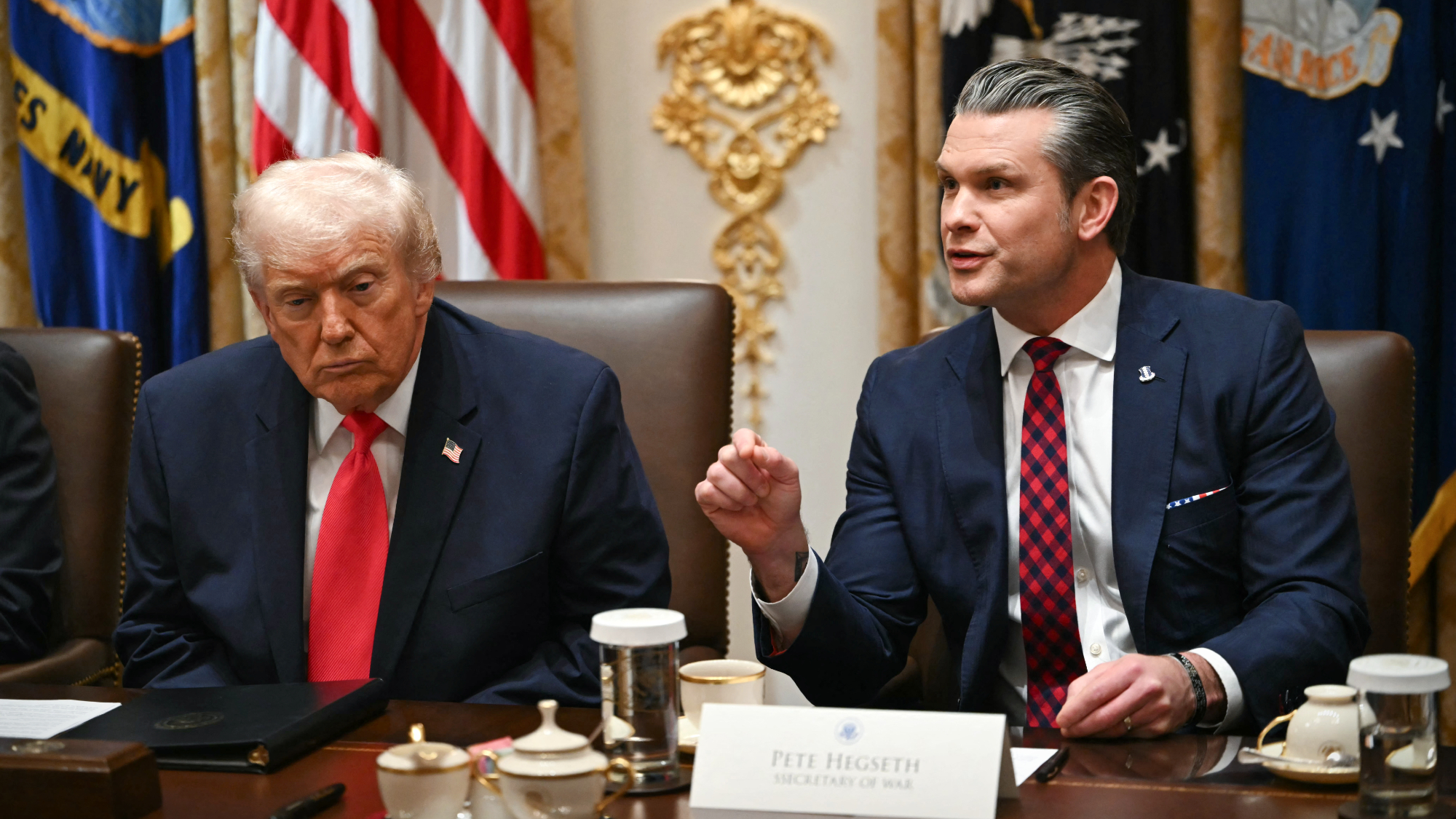 Hegseth blames ‘fog of war’ for potential war crime
Hegseth blames ‘fog of war’ for potential war crimespeed read ‘I did not personally see survivors,’ Hegseth said at a Cabinet meeting
-
 Upper House Hong Kong: a serene sanctuary in the bustle of the city
Upper House Hong Kong: a serene sanctuary in the bustle of the cityThe Week Recommends Panoramic harbour views and super-stylish interiors elevate this luxury hotel to another level
-
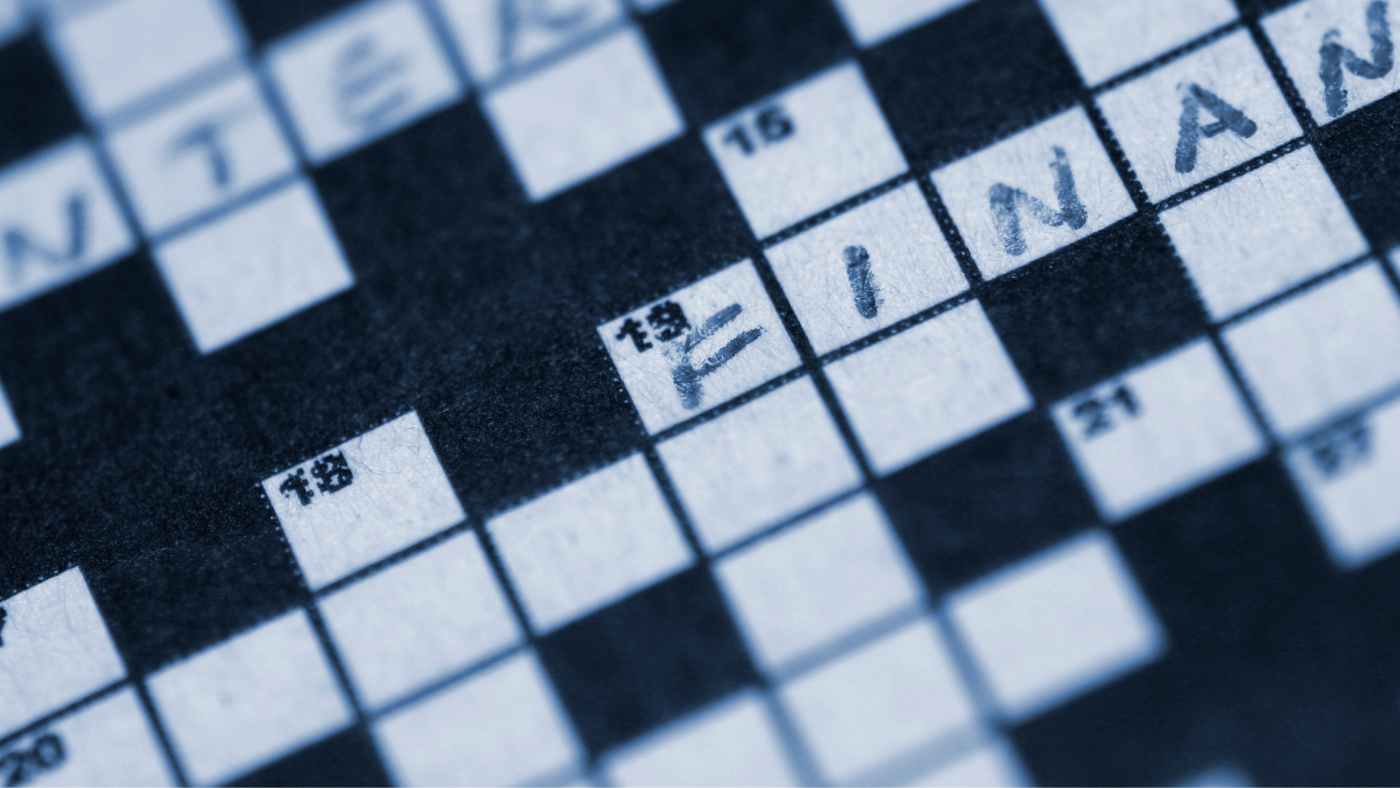 Magazine solutions - December 5, 2025
Magazine solutions - December 5, 2025Puzzles and Quizzes Issue - December 5, 2025
-
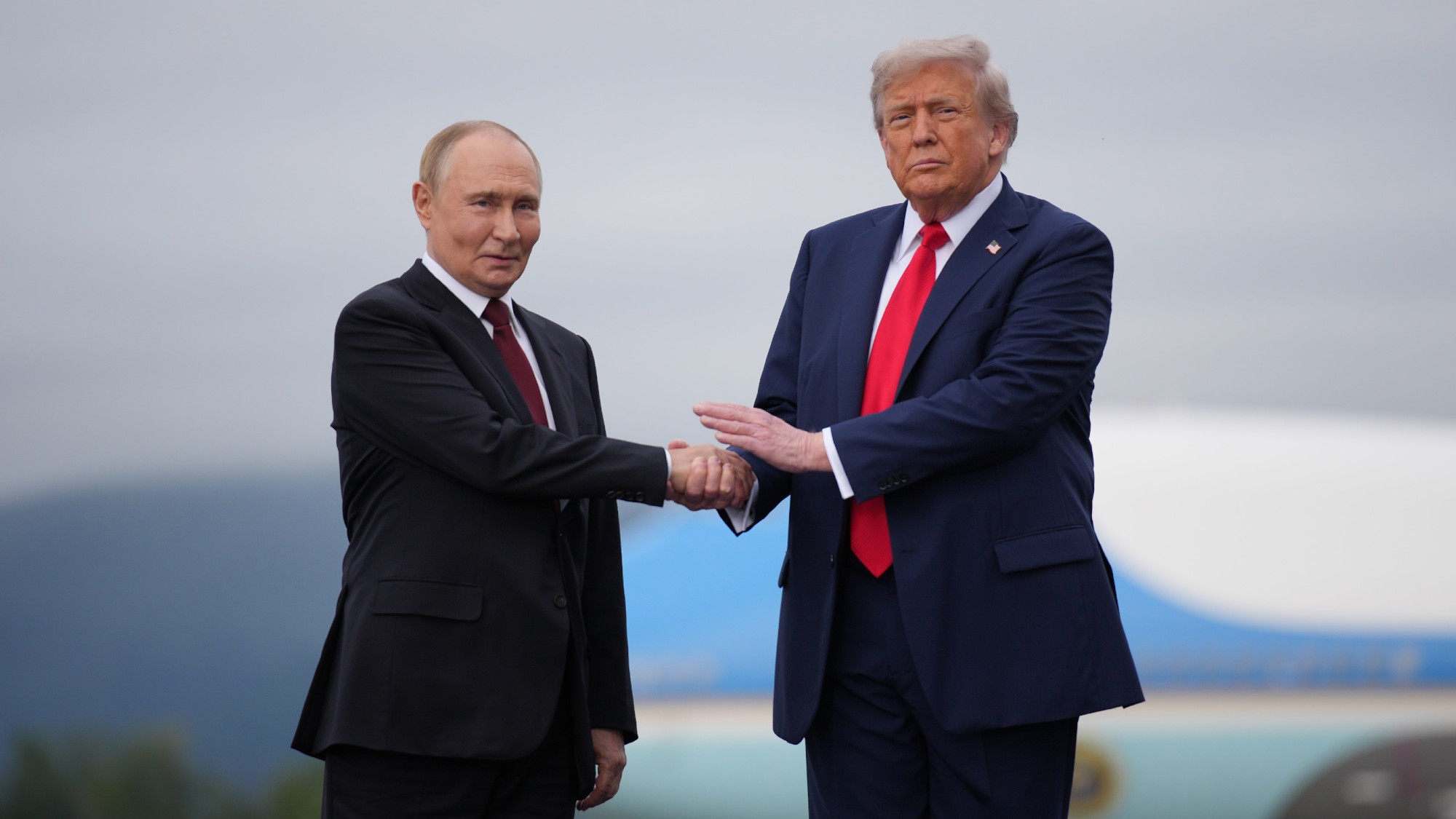 Pushing for peace: is Trump appeasing Moscow?
Pushing for peace: is Trump appeasing Moscow?In Depth European leaders succeeded in bringing themselves in from the cold and softening Moscow’s terms, but Kyiv still faces an unenviable choice
-
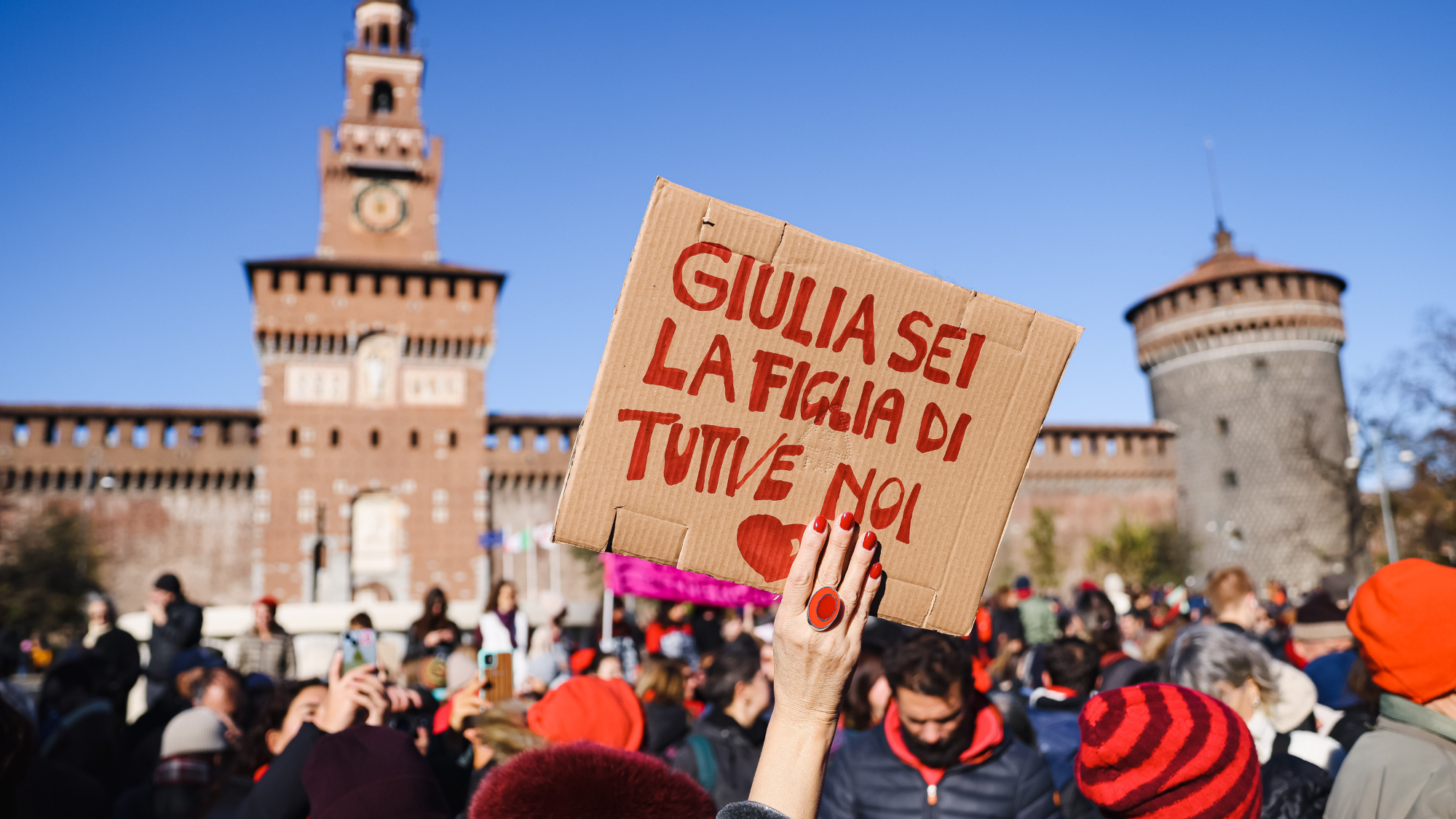 Femicide: Italy’s newest crime
Femicide: Italy’s newest crimeThe Explainer Landmark law to criminalise murder of a woman as an ‘act of hatred’ or ‘subjugation’ but critics say Italy is still deeply patriarchal
-
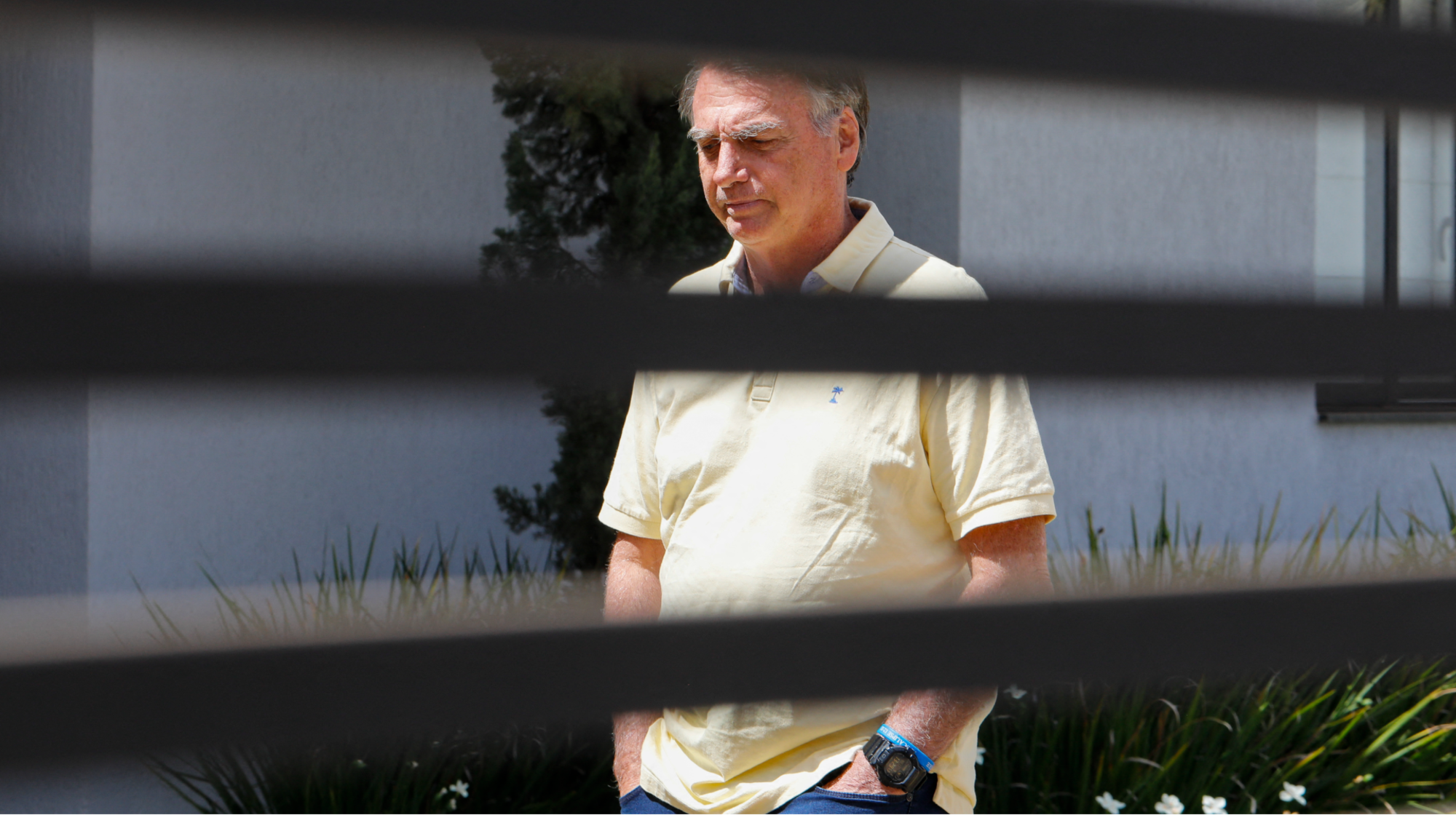 Brazil’s Bolsonaro behind bars after appeals run out
Brazil’s Bolsonaro behind bars after appeals run outSpeed Read He will serve 27 years in prison
-
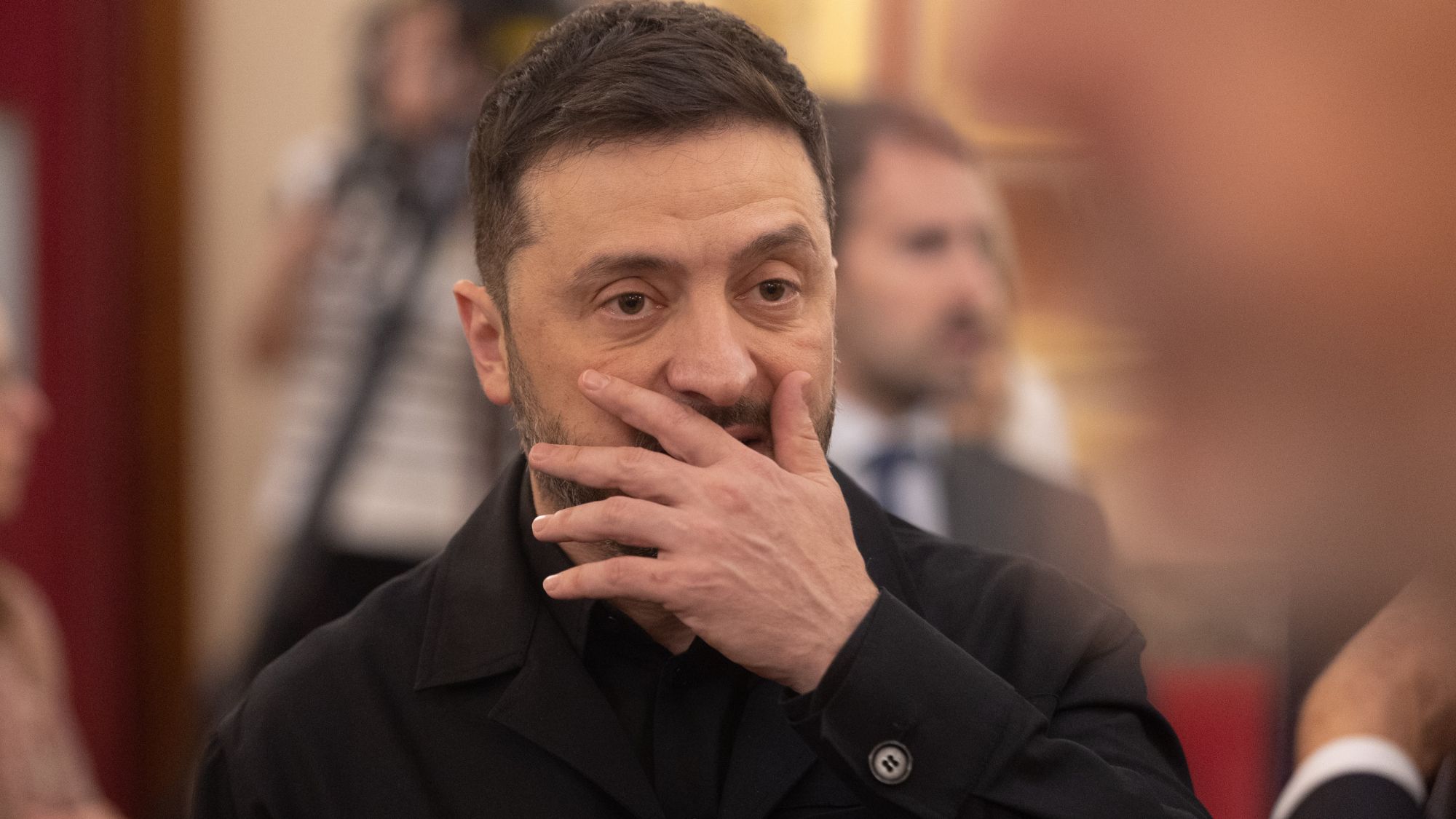 The $100mn scandal undermining Volodymyr Zelenskyy
The $100mn scandal undermining Volodymyr ZelenskyyIn the Spotlight As Russia continues to vent its military aggression on Ukraine, ‘corruption scandals are weakening the domestic front’
-
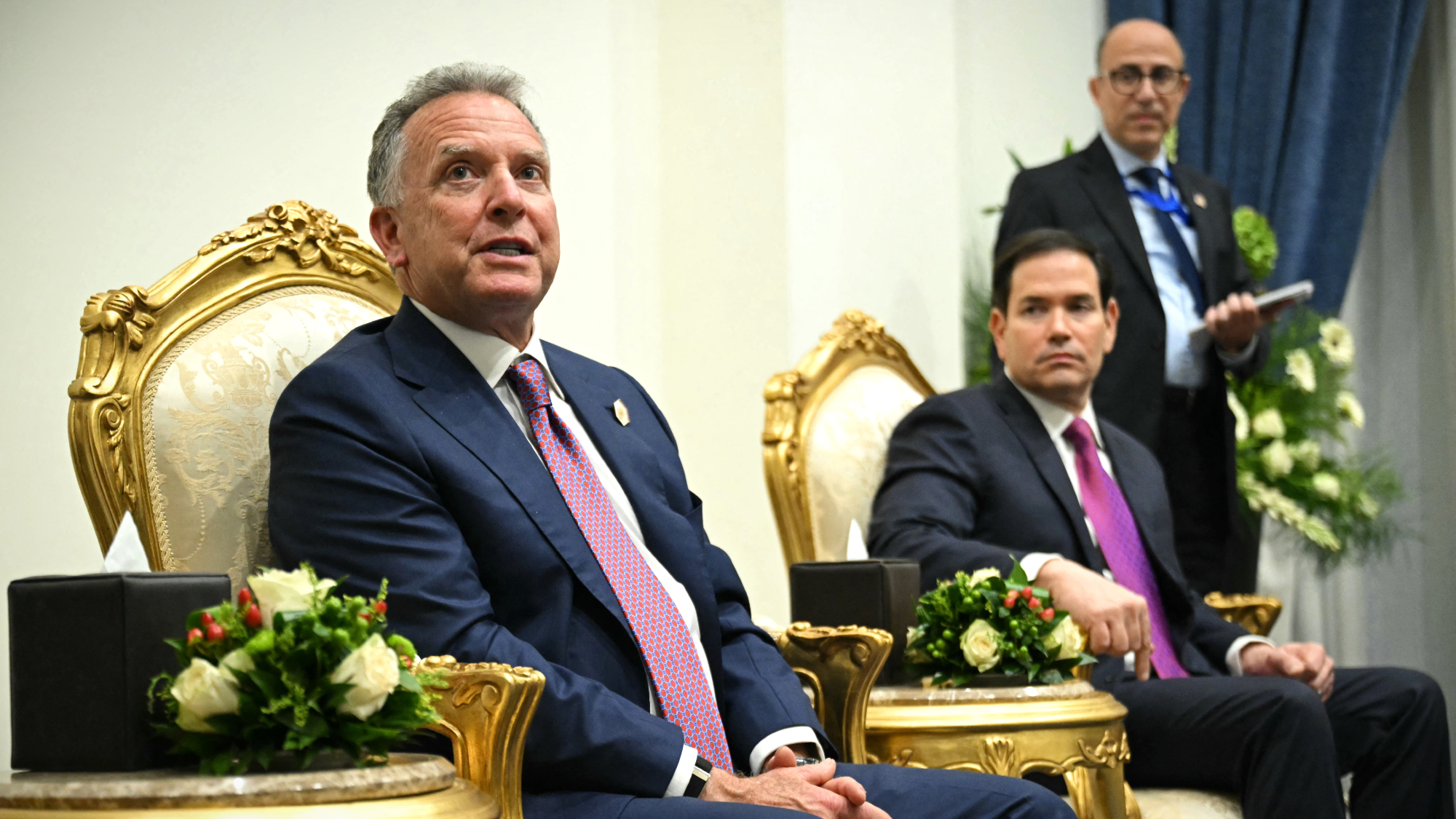 Trump pushes new Ukraine peace plan
Trump pushes new Ukraine peace planSpeed Read It involves a 28-point plan to end the war
-
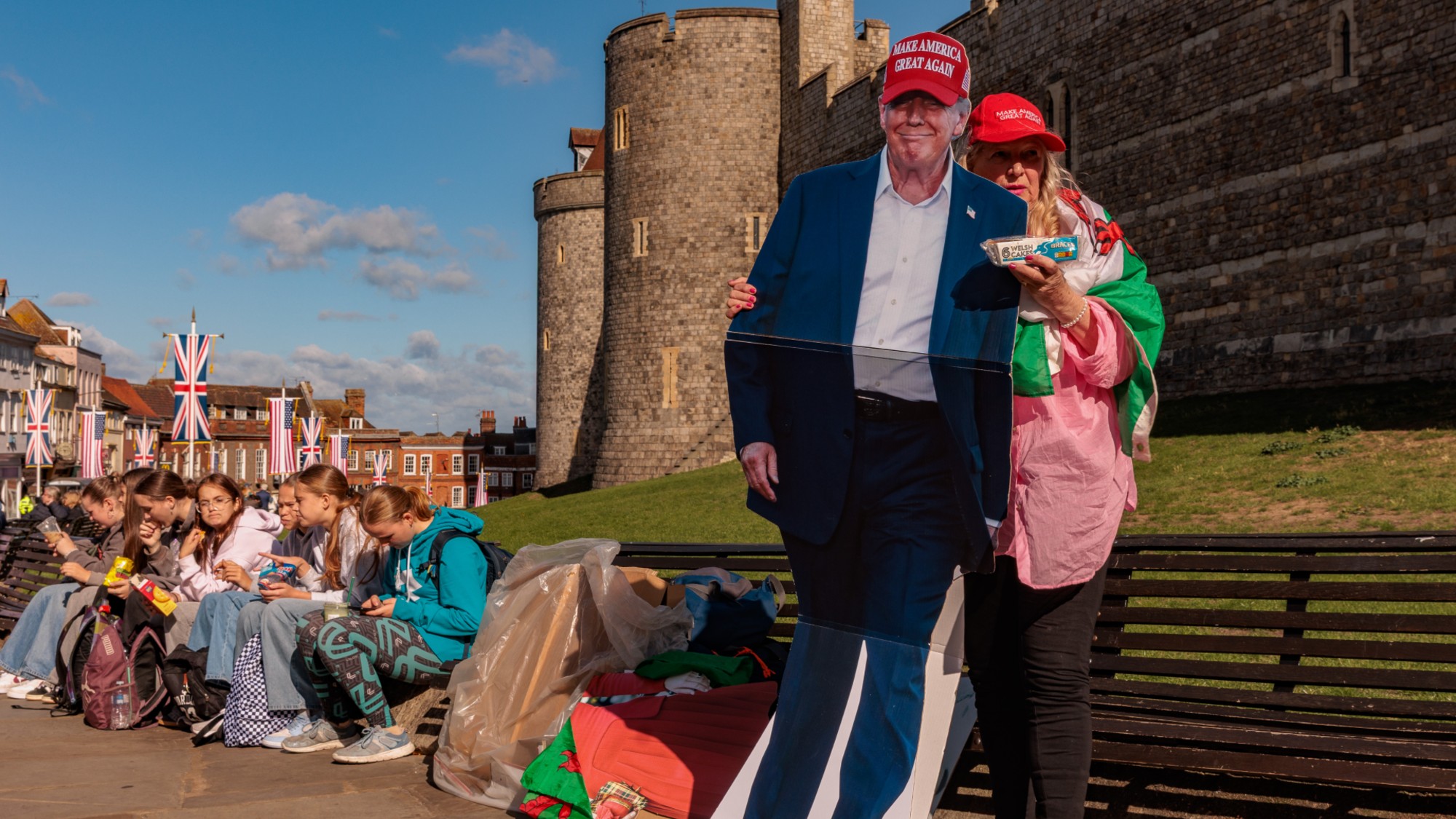 Americans traveling abroad face renewed criticism in the Trump era
Americans traveling abroad face renewed criticism in the Trump eraThe Explainer Some of Trump’s behavior has Americans being questioned
-
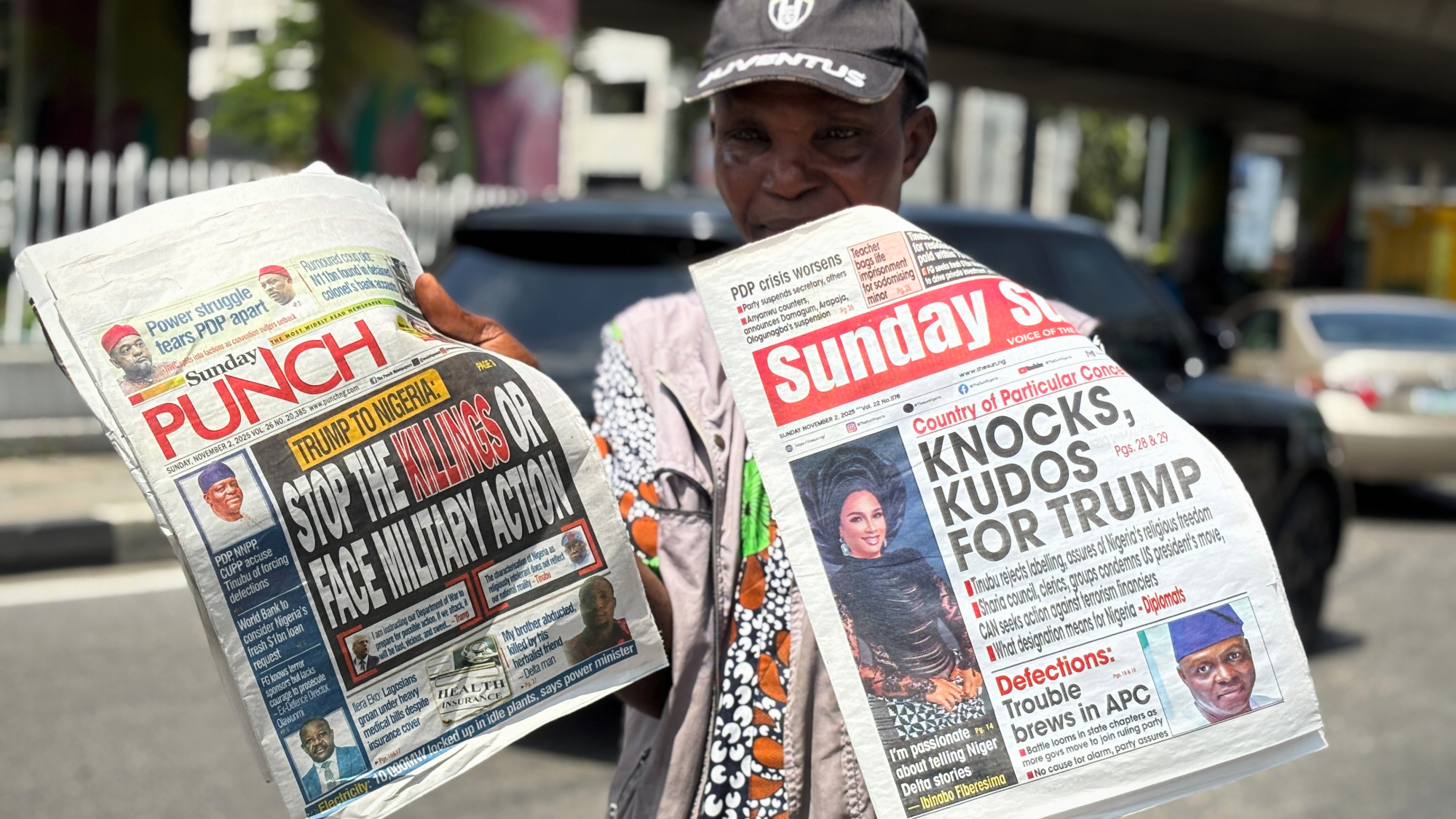 Nigeria confused by Trump invasion threat
Nigeria confused by Trump invasion threatSpeed Read Trump has claimed the country is persecuting Christians
-
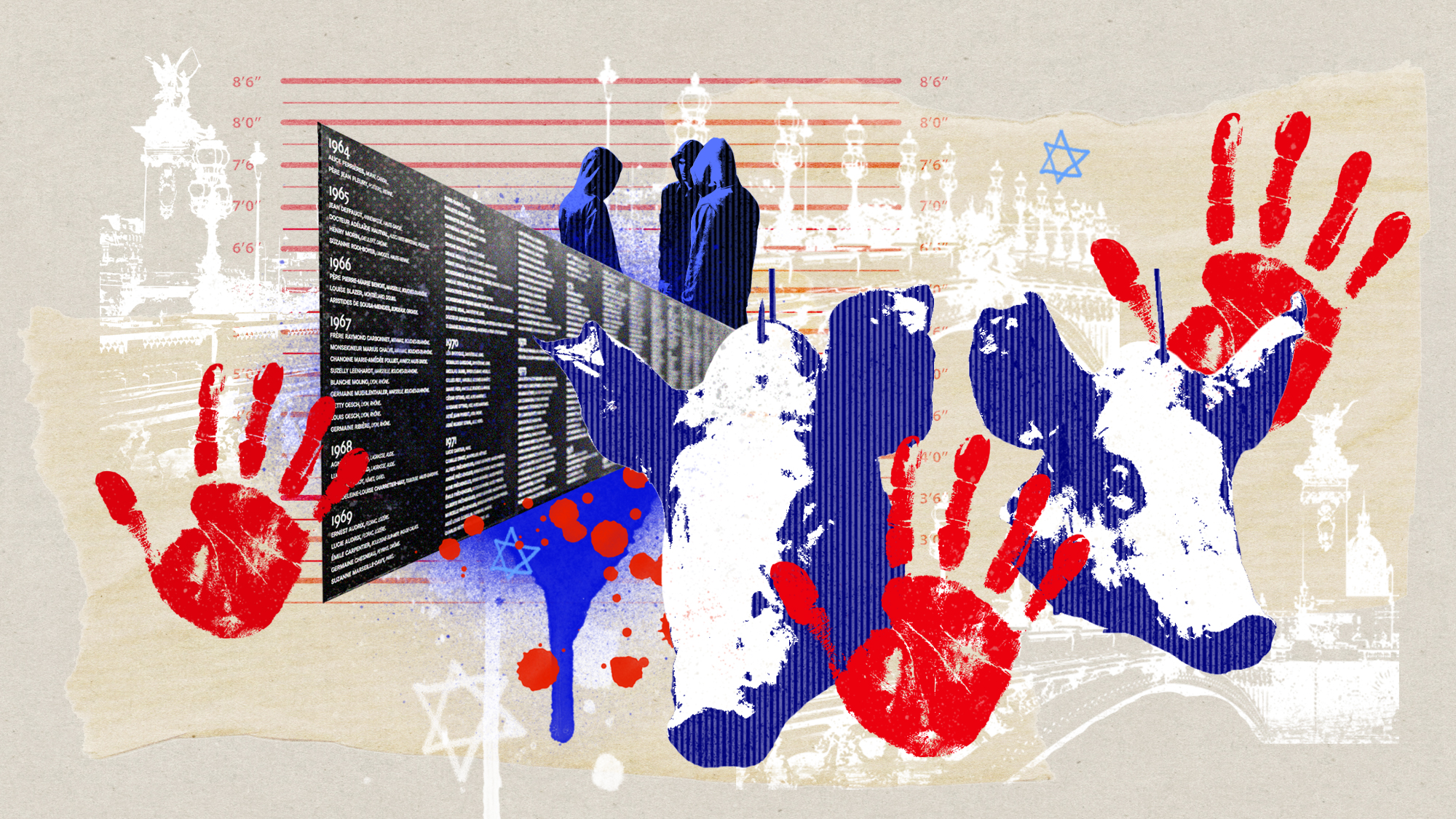 France’s ‘red hands’ trial highlights alleged Russian disruption operations
France’s ‘red hands’ trial highlights alleged Russian disruption operationsUNDER THE RADAR Attacks on religious and cultural institutions around France have authorities worried about Moscow’s effort to sow chaos in one of Europe’s political centers